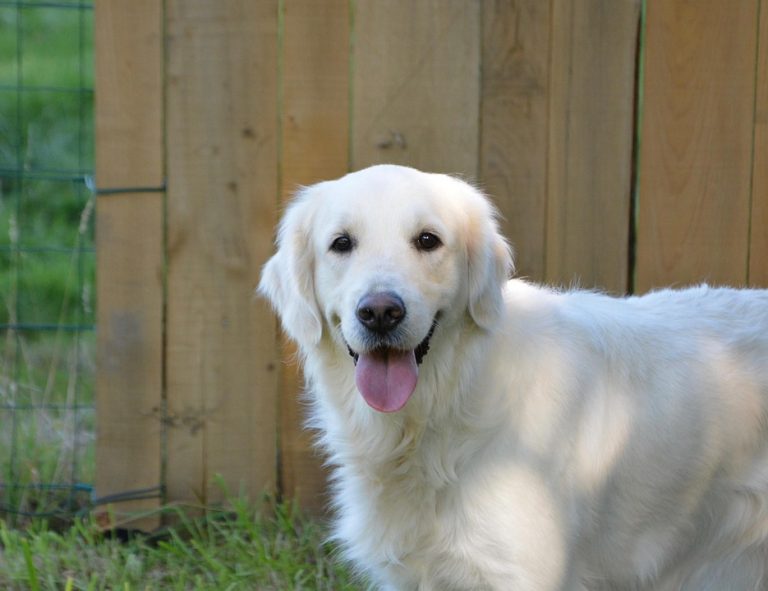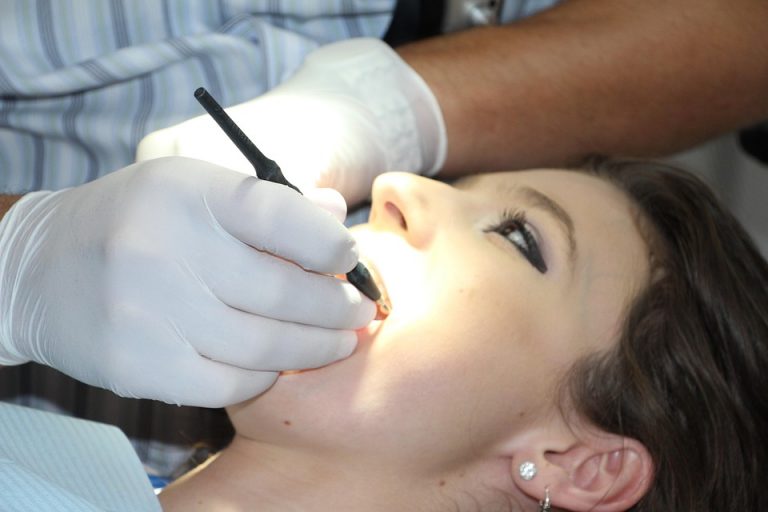How to brush cat teeth is the single best habit you can adopt to keep your cat healthy, pain-free, and loving lap time for years. It means removing plaque before it becomes the kind of infection that steals appetite, energy, and teeth. You’ll save money on vet bills, and your cat will thank you with quieter purrs and brighter eyes.
Contents
- Why Brushing Matters For Your Cat
- What You Need Before You Start
- How To Brush Cat Teeth: Seven Easy Steps
- How To Brush Cat Teeth If Your Cat Hates It
- Common Mistakes To Avoid
- Tips From Veterinarians And Tooth-Health Research
- How To Fit Brushing Into Your Routine
- Long-Term Benefits For Health And Wallet
- How To Brush Cat Teeth For Kittens Versus Adults
- Troubleshooting: Bad Breath, Tartar, And Pain
- Tools Worth Trying
- How Fast Will You See Results?
- How To Brush Cat Teeth And Keep It Positive
- How To Brush Cat Teeth: A Quick Daily Checklist
- Bottom Line
- FAQ
Why Brushing Matters For Your Cat
Dental disease affects most cats by age three. Bacteria in plaque cause gingivitis and painful periodontal disease that can spread to the heart and kidneys. Research from veterinary schools and institutions like Cornell University shows daily care dramatically reduces those risks. That’s why knowing how to brush cat teeth is more than grooming — it’s preventive medicine.
Daily brushing reduces tartar buildup, freshens breath, and preserves tooth structure. It also gives you a weekly check-in on your cat’s mouth so you spot trouble early: red gums, drooling, or a reluctance to eat. That early detection is exactly what veterinarians recommend.
What You Need Before You Start
Preparation makes this gentle, calm, and quick. Gather these items so you never have to pause halfway through.
- Cat-formulated toothpaste. Never use human toothpaste — fluoride and flavors are toxic to cats.
- Soft cat toothbrush or finger brush. Small heads are better for feline mouths.
- Towel and treats. A towel can swaddle nervous cats. Treats reward cooperation.
- A calm surface. Your lap, a kitchen counter with traction, or a table works.
Set the scene: dim the lights, speak in low, steady tones, and have treats ready. When you understand how to brush cat teeth, handling becomes predictable. Cats like routine.
How To Brush Cat Teeth: Seven Easy Steps
These steps are short, practical, and proven to work with even fussy cats. Move slowly. Respect your cat’s limits. If your cat resists, stop and try again in a few minutes.
Step 1 — Get Your Cat Comfortable
Sit in a quiet place and hold your cat close. Let the cat smell the toothpaste and taste a tiny bit from your finger. You’re teaching trust. If your cat tolerates this, you’re ready for the next move.
(Occurrence: how to brush cat teeth — 2)
Step 2 — Lift The Lip Gently
Using one hand, lift the lip to expose the teeth. Don’t force the mouth open. You just need access to the outer surface where plaque hides. Keep your movements deliberate and kind.
(Occurrence: how to brush cat teeth — 3)
Step 3 — Start With The Canines
Place the toothbrush at a 45-degree angle to the gum line and use small circles. Canine teeth are obvious, easy targets, and a successful start builds confidence. Two to three gentle circles per tooth is enough.
(Occurrence: how to brush cat teeth — 4)
Step 4 — Work The Cheek Teeth
Work from front to back on one side, then switch. Focus on the outer surfaces where plaque accumulates. If your cat tolerates it, lift the cheek to reach the back molars — those are plaque magnets.
(Occurrence: how to brush cat teeth — 5)
Step 5 — Keep Sessions Short
Three minutes is ideal, but even 30 seconds counts. When you learn how to brush cat teeth, consistency beats duration. Better to do a short daily session than a sporadic long one.
(Occurrence: how to brush cat teeth — 6)
Step 6 — Offer Praise And Rewards
After brushing, reward with a favorite treat or quiet petting. This positive association turns a medical chore into a ritual your cat may come to expect — and enjoy.
(Occurrence: how to brush cat teeth — 7)
Step 7 — Know When To Call The Vet
If you notice loose teeth, severe redness, swelling, persistent bad breath, or your cat refuses to eat, schedule a vet visit. Professional cleanings under anesthesia are sometimes necessary. Brushing is preventative; it doesn’t always replace professional care.
(Occurrence: how to brush cat teeth — 8)
How To Brush Cat Teeth If Your Cat Hates It
Some cats are built-in skeptics. You can still succeed. Break down the process into micro-steps: touch the mouth, lift the lip, taste the paste, brush one tooth. Reward every tiny win. Veterinary behaviorists often advise “desensitization” — gradual exposure paired with treats. With patience and consistency, most cats adapt.
(Occurrence: how to brush cat teeth — 9)
If resistance persists, try alternatives: dental gels, water additives approved by vets, or dental diets designed to reduce plaque. Each has trade-offs, but all help when brushing isn’t possible.
Common Mistakes To Avoid
Mistakes cost trust and time. Watch for these traps.
- Using human toothpaste. It can harm your cat.
- Forcing the mouth open. This creates fear and injury risk.
- Brushing only once in a while. Inconsistent care does little.
- Ignoring signs of pain. If your cat reacts strongly, stop and consult your vet.
When you know how to brush cat teeth correctly, these errors disappear.
(Occurrence: how to brush cat teeth — 10)
Tips From Veterinarians And Tooth-Health Research
Veterinarians recommend daily brushing when possible. A 2018 study from veterinary dental specialists found regular brushing reduced plaque and gingivitis significantly compared with no brushing. Veterinary dental guidelines emphasize early, consistent care to prevent systemic disease linked to oral bacteria.
If you want in-depth recommendations, read guidance from your vet or trusted resources such as the American Veterinary Medical Association. They outline safe products and techniques that protect both you and your cat.
(Occurrence: how to brush cat teeth — 11)
How To Fit Brushing Into Your Routine
Make brushing part of an existing ritual: after dinner, before bedtime, or during morning quiet time. Cats love predictability. Keep the same spot, same towel, same treats. Consistent cues make acceptance faster.
If your cat is older or has arthritis, adjust positions and support. Use a soft towel and keep sessions short. The goal is a gentle, regular habit.
(Occurrence: how to brush cat teeth — 12)
Long-Term Benefits For Health And Wallet
Preventive brushing saves on dental surgeries and emergency visits. Untreated dental disease can lead to tooth loss and expensive extractions. Beyond money, you preserve your cat’s quality of life. Imagine a cat that eats comfortably at 12 or 15 years — that’s the payoff.
(Occurrence: how to brush cat teeth — 13)
How To Brush Cat Teeth For Kittens Versus Adults
Start kittens young. Introduce toothpaste taste, lip-lifts, and short brush sessions. Kittens adapt quickly and tolerate handling better than adults who’ve never been brushed.
With adult cats, patience is essential. Use desensitization and celebrate tiny wins. Older cats may need gentler approaches and more veterinary oversight.
(Occurrence: how to brush cat teeth — 14)
Troubleshooting: Bad Breath, Tartar, And Pain
Bad breath that doesn’t improve with brushing can signal infection or systemic illness. Tartar visible above the gum line often needs professional cleaning. If your cat shows pain, drools, or refuses food, call your vet. Brushing prevents many problems, but it’s not a replacement for diagnosis and treatment.
(Occurrence: how to brush cat teeth — 15)
Tools Worth Trying
Experiment to find what your cat tolerates.
- Finger brushes for tiny mouths.
- Enzymatic toothpaste flavors cats prefer.
- Dental chews and water additives approved by veterinarians.
Combine tools with brushing. The goal is plaque reduction and comfortable gums.
(Occurrence: how to brush cat teeth — 16)
How Fast Will You See Results?
You’ll notice fresher breath in a week if you brush daily. Plaque and early gingivitis can improve within a month. Tartar already hardened may need professional removal. The faster you start, the better the outcome.
(Occurrence: how to brush cat teeth — 17)
How To Brush Cat Teeth And Keep It Positive
Make every interaction calm, short, and rewarding. Use gentle praise, a soft voice, and treats only after the session. This emotional intelligence builds confidence. You’re not wrestling; you’re caring.
(Occurrence: how to brush cat teeth — 18)
How To Brush Cat Teeth: A Quick Daily Checklist
- Calm environment and treats ready.
- Toothpaste and brush within reach.
- Lift lip, brush outer surfaces in short, circular motions.
- Reward and note any abnormalities.
Small rituals done daily become powerful prevention.
(Occurrence: how to brush cat teeth — 19)
Bottom Line
Brushing is preventive medicine that saves teeth, money, and suffering. Start slow, use the right tools, and make it gentle and routine. When you understand how to brush cat teeth and commit to a short daily practice, you give your cat a longer, healthier life. Do it for their comfort, and for the quiet joy of a cat who still loves to kiss your hand.
Be brave, be patient, and begin today.
FAQ
How Often Should I Brush My Cat’s Teeth?
Daily is ideal. If daily is impossible, aim for several times per week. Consistency matters more than long sessions.
(Occurrence: how to brush cat teeth — 20)
Can I Use Human Toothpaste On My Cat?
No. Human toothpaste contains fluoride and foaming agents that are toxic to cats. Use toothpaste made for cats.
What If My Cat Won’t Let Me Brush?
Break it into micro-steps, reward tiny wins, and try gentle alternatives like dental gels or vet-approved water additives. If resistance continues, consult your veterinarian for options.
When Should I See A Vet For Dental Problems?
If you notice severe bad breath, drooling, bleeding, weight loss, or visible tartar, schedule a vet visit. Early intervention prevents bigger problems.
(Occurrence: how to brush cat teeth — 21)
Can Brushing Prevent All Dental Disease?
Brushing greatly reduces risk but doesn’t prevent every issue. Regular veterinary exams and cleanings remain important.
(Occurrence: how to brush cat teeth — 22)
References
- The American Veterinary Medical Association provides guidance on pet dental health and preventive care (http://www.avma.org/resources-tools/pet-owners/petcare/dental-care-pets).
- Cornell University College of Veterinary Medicine offers resources on feline dentistry, dental disease, and prevention strategies (http://www.vet.cornell.edu/hospitals/pet-owner-resources).
- The Journal of Veterinary Dentistry publishes research on plaque control, periodontal disease, and clinical outcomes in cats (http://www.jvdentistry.org).








